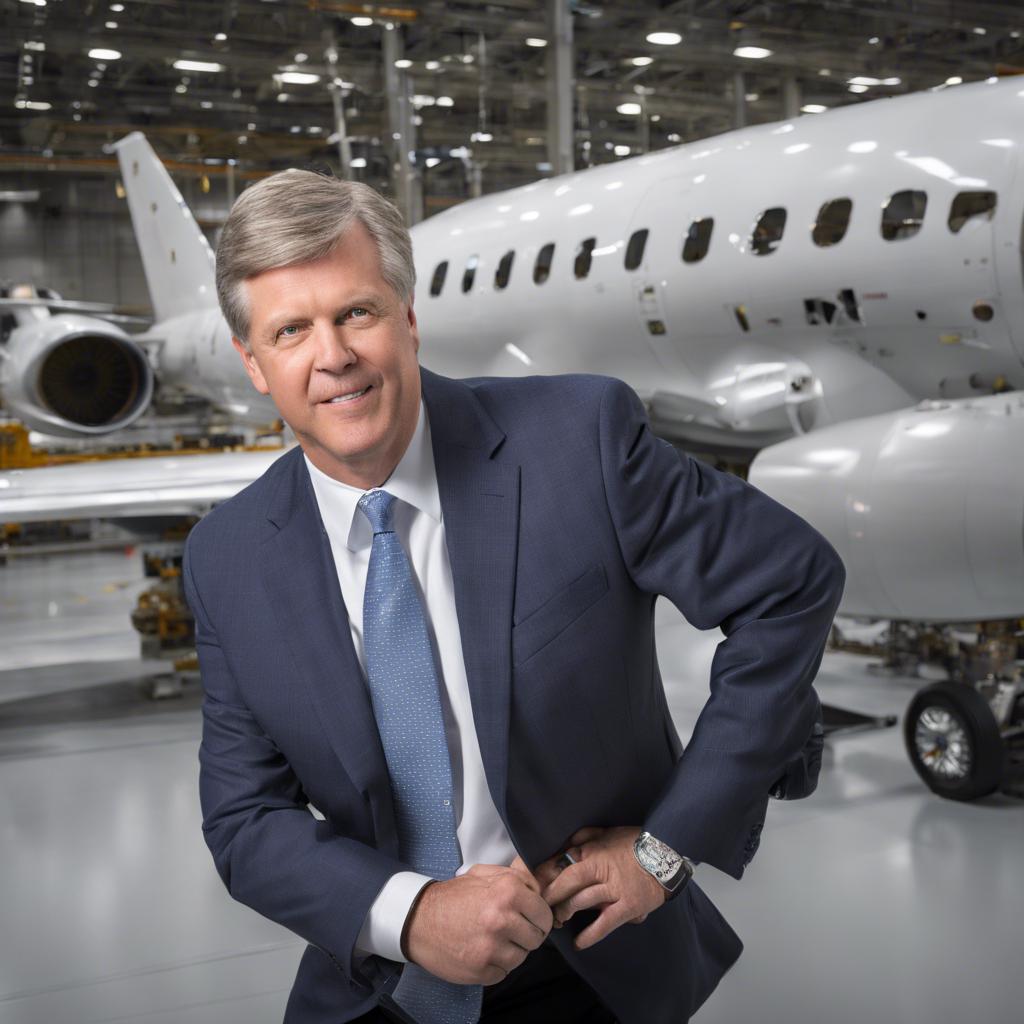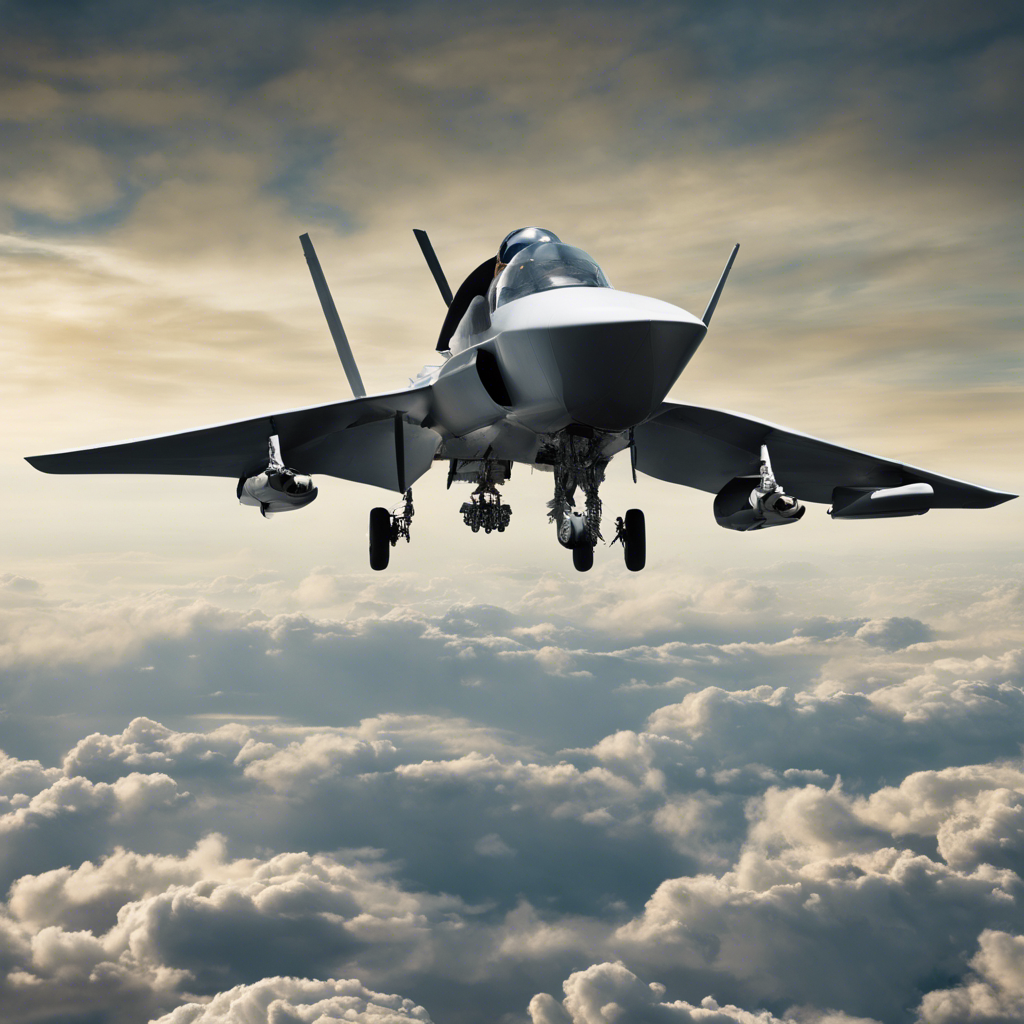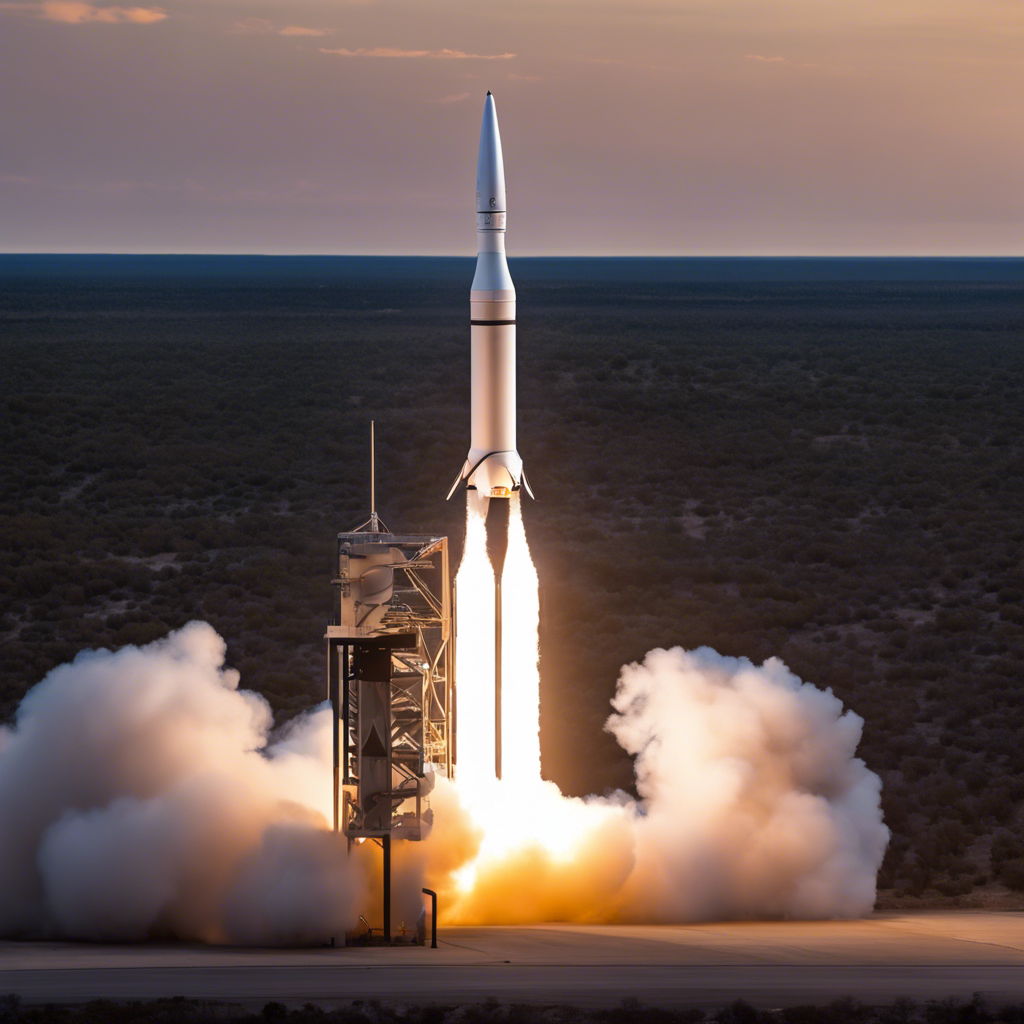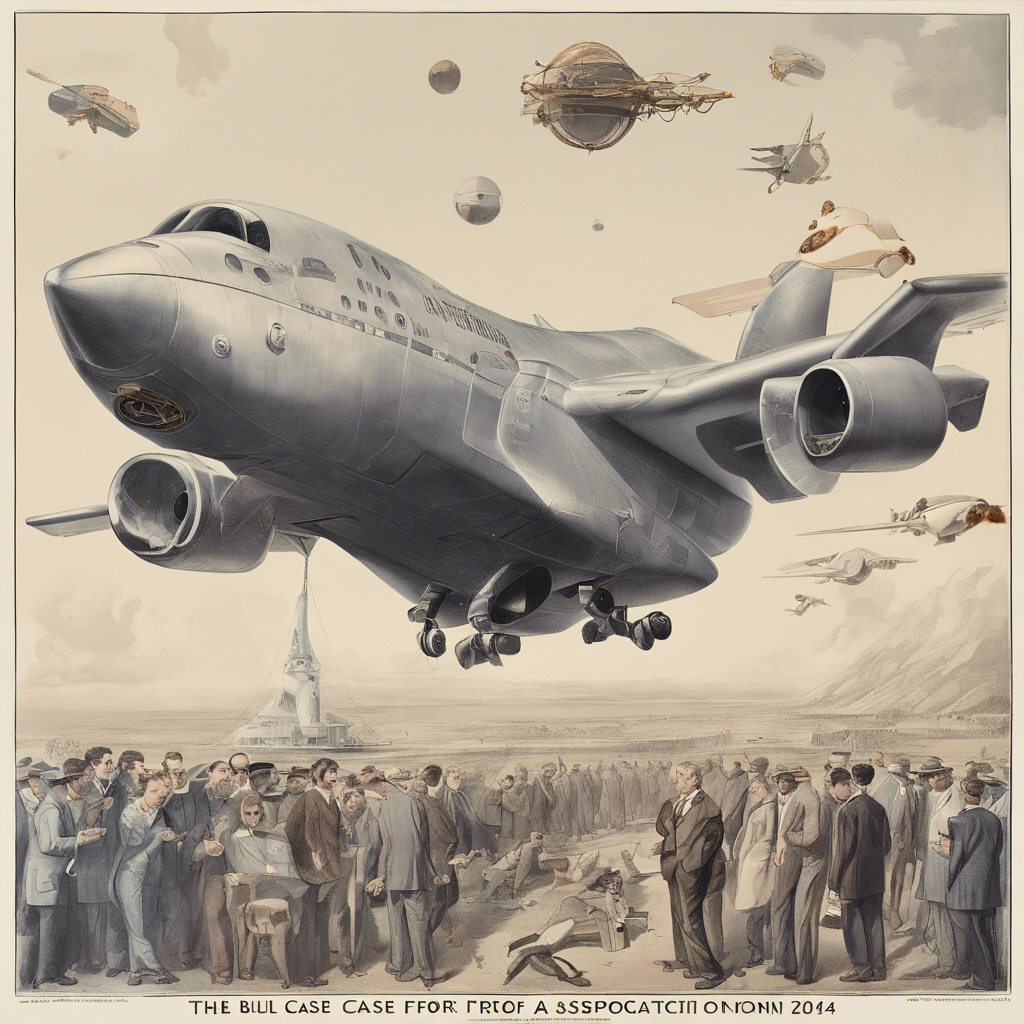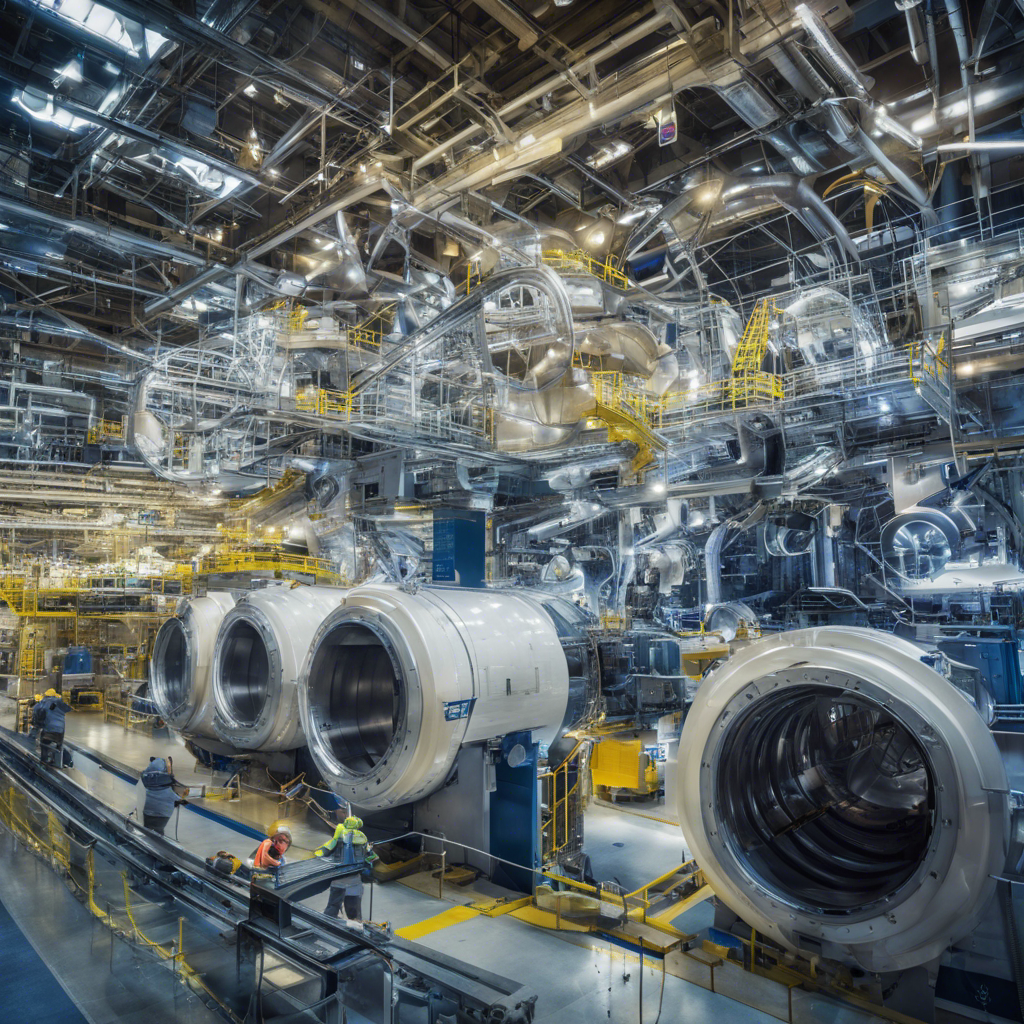GE Aerospace CEO Larry Culp discusses the current state of the aerospace industry and the challenges and opportunities it presents.
In a recent interview with CNBC’s “Last Call,” GE Aerospace CEO Larry Culp shed light on the current state of the aerospace industry. Culp revealed that both the new build and commercial aerospace aftermarket sectors are experiencing a surge in activity, defying expectations amidst the ongoing global pandemic. This article will delve into Culp’s insights, exploring the reasons behind this unexpected boom and the implications for the industry as a whole.
1: A Resilient Industry
Despite the challenges posed by the COVID-19 pandemic, the aerospace industry has shown remarkable resilience. Culp attributes this resilience to the essential nature of air travel and the industry’s ability to adapt to changing circumstances. As countries gradually reopen and travel restrictions ease, the demand for new aircraft and maintenance services is on the rise.
2: The New Build Sector
The new build sector, which involves the manufacturing of new aircraft, is currently experiencing a surge in orders. Culp explains that airlines are capitalizing on low interest rates and taking advantage of the opportunity to upgrade their fleets. Additionally, the increasing demand for air cargo services has fueled the need for new freighter aircraft. This uptick in orders has provided a much-needed boost to aircraft manufacturers and their supply chains.
3: The Commercial Aerospace Aftermarket
The commercial aerospace aftermarket, which encompasses the maintenance, repair, and overhaul (MRO) of existing aircraft, is also witnessing a significant increase in activity. Culp highlights that airlines are investing in the maintenance and upgrade of their current fleets, as it is more cost-effective than purchasing new aircraft. Furthermore, the postponement of aircraft retirements due to the pandemic has led to a higher demand for MRO services.
4: Challenges and Opportunities
While the current surge in activity is undoubtedly positive for the aerospace industry, it also presents challenges. Culp emphasizes the need for increased efficiency and productivity to meet the growing demand. This requires innovative solutions and technologies to streamline manufacturing processes and enhance MRO capabilities. Additionally, the industry must address sustainability concerns by developing more fuel-efficient aircraft and adopting greener practices.
5: The Future of Aerospace
Looking ahead, Culp predicts continued growth in the aerospace industry, driven by factors such as population growth, urbanization, and rising middle-class incomes. However, he acknowledges the need for the industry to adapt to changing market dynamics, including the rise of electric and autonomous aircraft. Collaboration between industry stakeholders, government support, and investment in research and development will be crucial in shaping the future of aerospace.
Conclusion:
The aerospace industry, despite the challenges posed by the COVID-19 pandemic, is experiencing a surge in activity in both the new build and commercial aerospace aftermarket sectors. GE Aerospace CEO Larry Culp’s insights shed light on the reasons behind this unexpected boom, including the essential nature of air travel and the industry’s ability to adapt. As the industry looks to the future, it must address challenges such as increased efficiency, sustainability, and technological advancements. By doing so, aerospace stakeholders can ensure continued growth and innovation in this vital sector.







